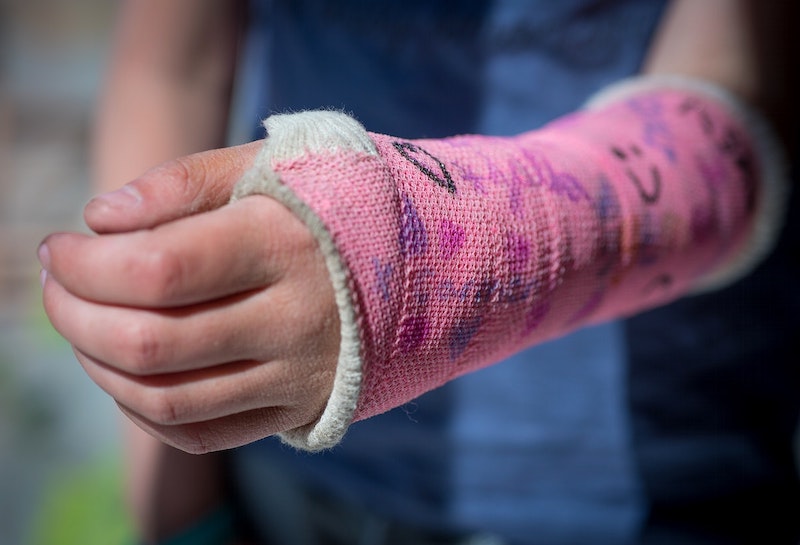
07 Oct Signs of a Broken Bone and When To Seek Treatment
Knowing when to visit urgent care for a potential broken bone can make a significant difference in your recovery and long-term health. While some fractures are immediately apparent, others may present with subtle symptoms, such as swelling, bruising, or limited movement. Immediate care centers are equipped to quickly assess injuries. Recognizing the signs of a broken bone and seeking timely care promotes proper healing and helps prevent complications.
Indicators of a Broken Bone
Some fractures are obvious, while others appear like minor injuries at first. Here are the key symptoms that often indicate a fracture:
- Pain and Swelling: Severe pain is often the first sign of a broken bone. This pain gets worse when you move or put weight on the injured area. Swelling around the injury site is also common and may develop quickly after the accident.
- Visible Changes to the Bone or Joint: A broken bone may cause visible changes to the affected area. You may notice the bone sticking out through the skin, an unusual bump, or the limb appearing bent in an odd way.
- Limited Movement: Broken bones often make it difficult or impossible to move the injured area normally. You may not be able to bend a joint or put weight on an injured leg or foot.
- Other Warning Signs: Further symptoms may include numbness or tingling in the area and bruising that develops around the injury. You may also experience a grinding sensation when attempting to move the affected body part.
These signs and symptoms can vary depending on the location and severity of the fracture. Recognizing them early is key to seeking prompt medical attention.
Diagnosis and Treatment
Urgent care centers possess the necessary tools and expertise to diagnose and treat various types of fractures. The medical team will first examine your injury and ask about how it happened. They will look for swelling, bruising, and changes in the shape of the injured area. X-rays are taken to visualize the bone clearly and determine if a fracture is present.
Treatment depends on the type and location of the break. Simple fractures may require only a cast or splint to maintain the bone in its correct position while it heals. Complex breaks may require a referral to an orthopedic specialist. The medical team will also provide recommendations for pain management.
Management Before Medical Care
Taking the right steps before you get medical care can help reduce pain and prevent further injury. These first aid measures are helpful while you arrange transportation to an urgent care center.
- Immediate Care Steps: Stop any activities that may worsen the injury. Apply ice wrapped in a cloth to the injured area for a few minutes at a time to reduce swelling and pain.
- Protecting the Injury: Support the injured area by keeping it still and elevated when possible. You can create a makeshift splint using a rolled-up magazine or newspaper and tape to keep the bone from moving.
- What to Avoid: Don’t try to push any protruding bones back into place. Avoid giving food or drinks to someone with a suspected broken bone in case surgery becomes necessary.
By following these steps carefully, you can help minimize further injury and provide key support until professional medical care is available.
Visit Urgent Care for Medical Attention
Recognizing the signs of a broken bone and knowing when to seek treatment can make a significant difference in your recovery. Prompt medical care helps make sure bones heal properly and reduces the risk of complications. If you suspect you have a broken bone, contact your local urgent care center to schedule a visit as soon as possible.

No Comments